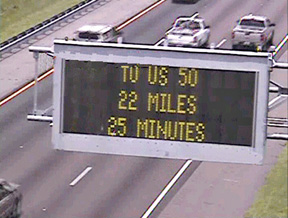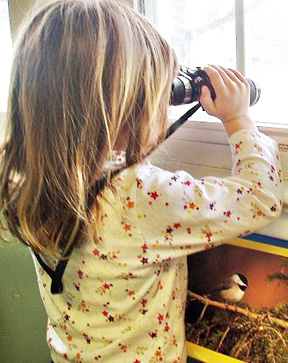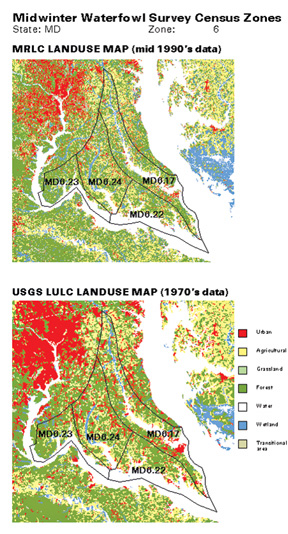Chesapeake Bay's Independent Newspaper ~ Since 1993
1629 Forest Drive, Annapolis, MD 21403 ~ 410-626-9888
Volume xviii, Issue 15 ~ Apri 15 to April 21, 2010
Home \\ Correspondence \\ from the Editor \\ Submit a Letter \\ Classifieds \\ Contact Us
Best of the Bay \\ Dining Guide \\ Home & Garden Guide \\ Archives \\ Distribution \\ Advertising![]()


Backyard Bird Census Breaks Records63,000 watchers submitted 97,200 census lists covering 600 speciesHere’s something to twitter about: The 2010 Great Backyard Bird Count broke the record. During four days in February, more than 63,000 volunteer bird watchers in the United States and Canada submitted close to 97,200 checklists covering more than 600 bird species across the continent. That is a lot of tweets. An annual event, The Great Backyard Bird Count is a joint project of the National Audubon Society and the Cornell Lab of Ornithology and open to bird watchers of all ages and levels of experience anywhere on the North American continent. Canadians count through Bird Studies Canada. “There’s simply no better way to collect information about all these birds so quickly across such a large range,” said Janis Dickinson, citizen science director at the Cornell Lab.
The first Great Backyard Bird Count was held in 1998. In 13 years of counting, participation — and birds counted — has soared. In the 1998 count, Maryland birdwatchers counted 14,189 birds, identifying 47 different species with the common grackle leading the flock with more than 2,282 listed. This year, the Maryland count climbed to 220,509 birds of 138 different species. The Canada goose led the count, with over 38,000 of the honkers spotted across the state. Close to home, eagle-eyed Annapolitans spotted 64 species of birds, with the American robin topping the count at 191. The common grackle was a common sight in Pasadena, where it topped the list of 41 different species at 197. Farther south in Chesapeake Beach, 23 species were counted; brown-headed cowbirds topped the count at 78. To make sure your backyard flock is counted, mark your calendar. The next Great Backyard Bird Count is February 18-21, 2011: www.birdcount.org. –Margaret Tearman
|
© COPYRIGHT 2010 by New Bay Enterprises, Inc. All rights reserved.


